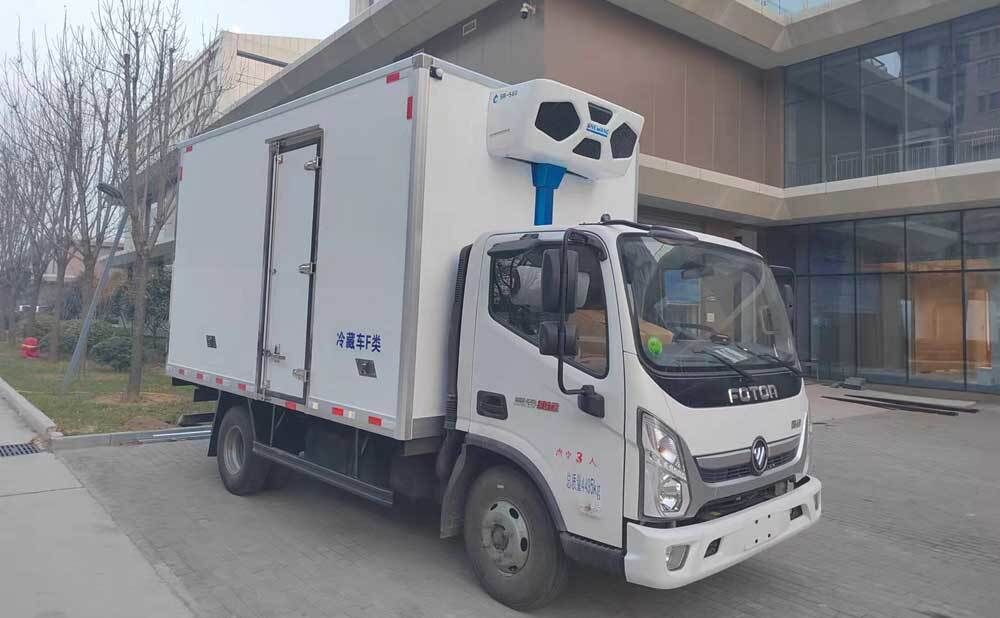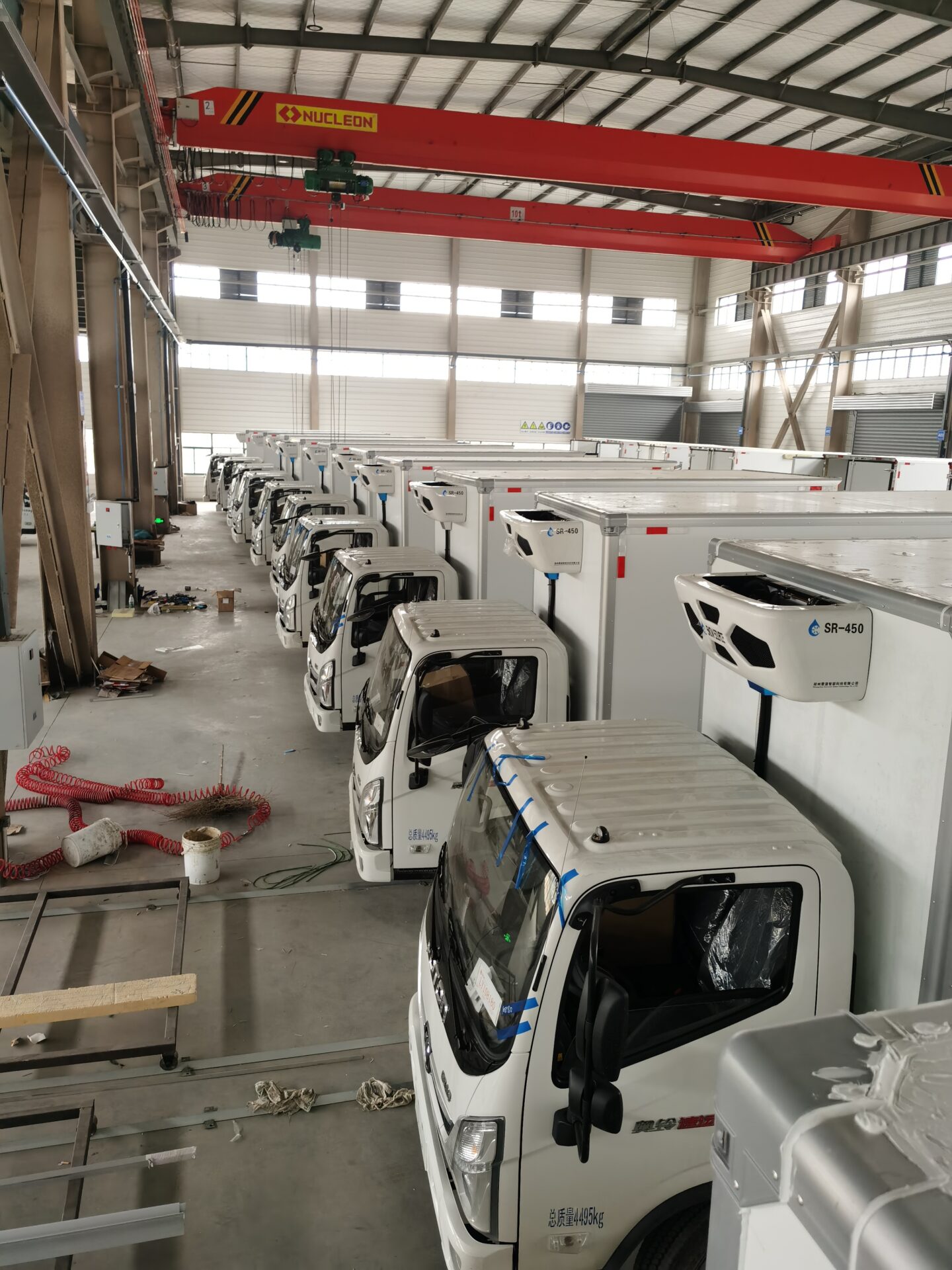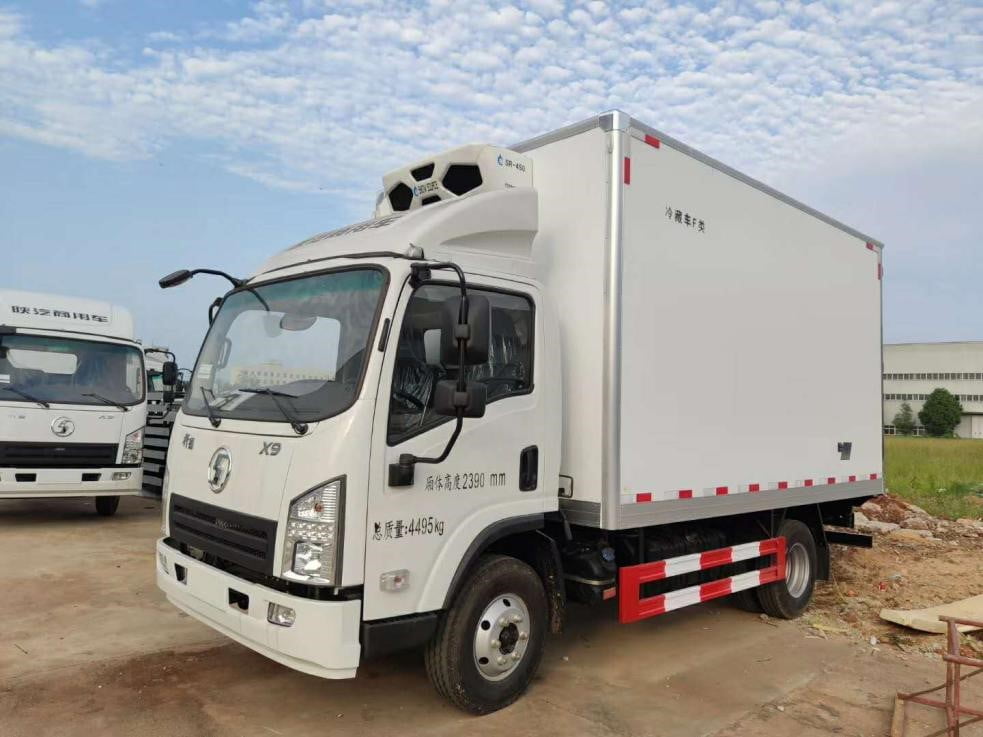When discussing passenger car air conditioning systems, we must not only understand the function of its individual components, but also recognize how these components work together to provide the comfort that passengers require. Below is my more detailed analysis of passenger car air conditioning systems, specifically the role they play in passenger comfort and transport efficiency, as well as the differences in air conditioning systems in different types of buses and the different types available on the market.
♣The importance of passenger car air conditioning system
Passenger car air conditioning systems are not just tools for regulating temperature, they are also directly related to passenger comfort and satisfaction. On long journeys, an efficient air conditioning system can significantly reduce passenger fatigue and improve the overall travel experience. In addition, for operators, a well-performing air conditioning system can also improve transportation efficiency, because comfortable passengers are more likely to remain quiet and relaxed during the journey, reducing complaints and potential disputes caused by discomfort.
♣Components and features
Compressor: As the power source of the system, the compressor increases the pressure and temperature of the refrigerant so that it can release enough heat to complete heat exchange in the condenser. Different types of compressors (such as reciprocating, rotary or screw) vary in efficiency and noise control, and the selection needs to be determined based on the specific needs of the bus and the budget.
Condenser: The condenser is a heat exchanger that transfers the heat in the high-temperature and high-pressure refrigerant vapor output by the compressor to the outside air (usually through a fan to accelerate the air flow). As heat is released, the refrigerant vapor condenses into a high-pressure liquid in preparation for the subsequent expansion and evaporation processes.
Evaporator: The evaporator located in the passenger compartment is at the heart of the cooling process. Here, the high-pressure liquid refrigerant is depressurized through an expansion valve (or throttling device), rapidly evaporates and absorbs heat from the surrounding air, thereby cooling the air. At the same time, the evaporation process also causes the moisture in the air to condense into water droplets, achieving a dehumidification effect.
Control system: An advanced control system monitors the temperature, humidity and air quality in the passenger compartment and automatically adjusts the operation of the air conditioning system according to preset parameters. This includes adjusting compressor operation, fan speed, damper position, etc. to achieve optimal comfort and energy efficiency. Modern passenger car air conditioning systems may also be equipped with smart sensors and adaptive algorithms to more accurately respond to passenger needs and changes in the external environment.
♣Different types of buses use different air conditioning systems
Different types of passenger buses (such as city buses, long-distance buses, tourist buses, etc.) have different requirements for air conditioning systems. For example, city buses may require more compact and efficient systems to accommodate frequent stops and starts, while long-distance buses and tour buses may focus more on quietness and energy efficiency of the system to ensure passenger comfort during long journeys.
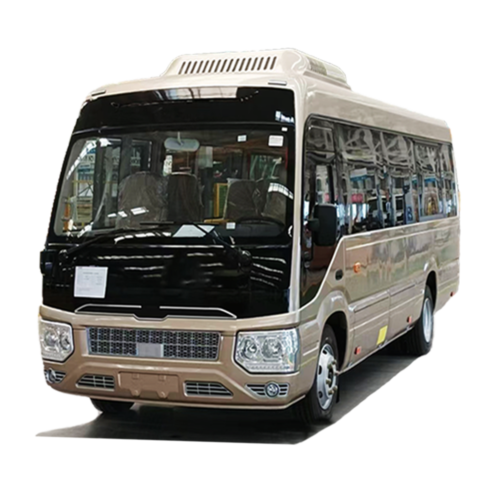
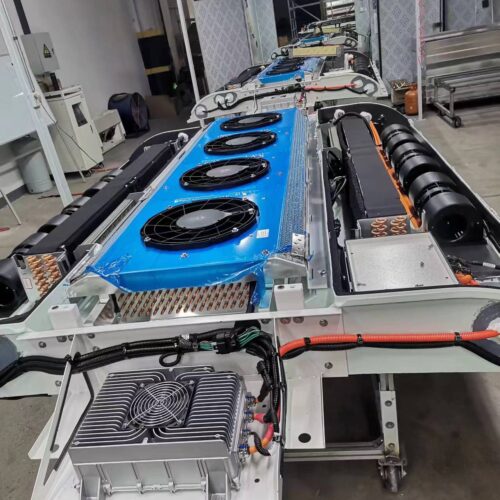
♣Different types available in the market
There are many types of passenger car air conditioning systems on the market, including but not limited to:
Split system: Mounts the compressor and condenser outside the vehicle, while the evaporator and control system are located inside the vehicle. This design helps reduce interior noise and improve energy efficiency.
All-in-one system: All components are integrated into a compact unit, usually mounted on the roof or side of the vehicle. This system is suitable for buses with limited space.
Electric air conditioning systems: With the popularity of electric vehicles and hybrid vehicles, electric air conditioning systems are becoming more and more popular. They use electricity rather than traditional fuel to drive compressors, helping to reduce emissions and improve energy efficiency.
Intelligent air conditioning systems: These systems are equipped with advanced sensors and algorithms that can automatically adjust their working modes according to the needs of passengers and the external environment to achieve a more personalized comfort experience.
In short, the passenger car air conditioning system is one of the key factors to ensure passenger comfort and transportation efficiency. By gaining a deeper understanding of their component functions, the differences within different types of buses and the options available in the market, we can provide bus operators with more precise and efficient solutions.

